Greenhouse Gases:
The Human Factor:
While browsing this site, text that is underlined are hyper links. Click them to learn something new today!
Have you ever walked by your neighbor's house and smelled their lawn emitting an odor? You say to yourself, "oh they just put fertilizer down". This is the ammonia in the Nitrogen being released. At ground level, that smell most likely will last a few days.
Now, take the scale above and think about it in terms of a global scale. That same thing is happening on our farms! They use fertilizer to maximize the crop yield through the growing season. Farms that use a nitrogen- based fertilizer, release a gas molecule called Nitrous Oxide (N2O) into our air. This molecule pollutes our air on a massive global scale. This gas molecule is classified as a top three greenhouse 1 gases.
Did you know that it will remain in the air for about 114 years? It is not talked about much, but it has 300 times the warming potential of
CO2.
Industrial Agriculture, Livestock production, growing food to feed these animals to be slaughtered as well as other aspects of food production account for 65% of human generated N2O emissions.
Miller, G. T. and Spoolman, S. (2019). Living In the Environment. Boston, MA. Cengage Learning, Inc.
It's safe to say, this gas is a major factor in determining the Earth's average atmospheric temperature 2 .
All that extra Methane and CO2 in my atmosphere makes me hot. It causes me to do strange things. Hurricanes, crazy storms and flooding are the result..
Learn Why I Do This 4

Image - NOVA
Preview NOVA Youtube 5 WATCH FULL VIDEO on pbs 6Melting permafrost in Siberia, Alaska and Canada is constantly releasing TONs of methane each hour... This 24/7 release is of great concern as it is not being factored into our global climate change models. The experts really don't know the true facts. Do we really need experts to use our common sense and realize this is a major issue?
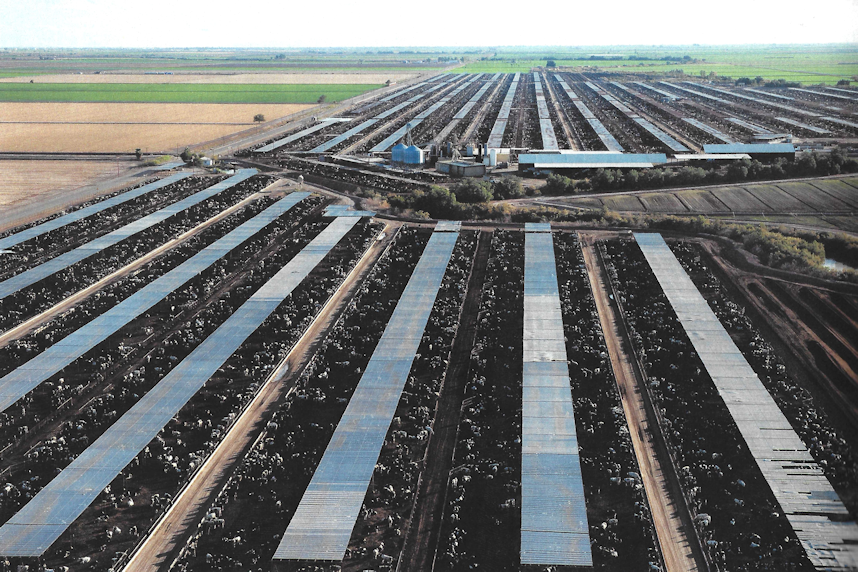
Image - Pete McBride/National Geographic Creative/National Geographic Image Collection.
Since 1960 our Industrial Agriculture has more than doubled. Our global food consumption of beef and farm crops is a Methane battery that keeps on going. It takes fossil fuels to run agriculture equipment this adds to Carbon Dioxide (CO2) . Cattle produce large amounts of Methane (CH4) while digesting. Use of Inorganic fertilizers pollute our air with Nitrous Oxide (N20).
Industrial Agriculture Trade-Offs
Sources - Living in the Environment, G. Tyler Miller/Scott E. Spoolman, National Geographic Learning 2019
 Eating Our Way To Extinction 7
Eating Our Way To Extinction 7
For more information, check out this documentry written by Otto Brockway and Directed by Ludo Brockway/Otto Brockway 2021
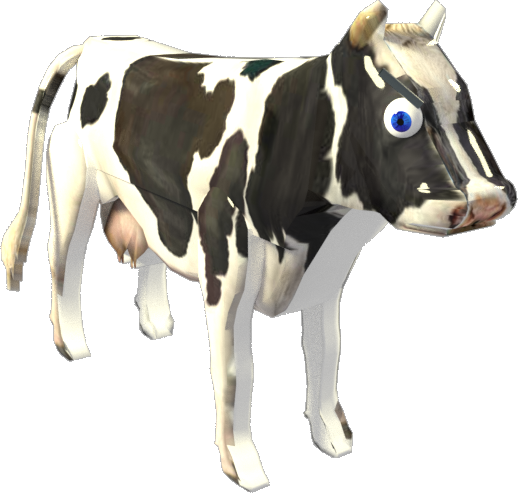
60 Year Trend Data
This gas is classified as a major greenhouse 1 gas. It plays a key role in determining the Earth's average atmospheric temperature 2 .
It is produced Naturally and since the Industrial Revolution, from Human Activities.
These Human Actions include burning of fossil fuels, deforestation and Industrial Agriculture.
CO2, once made, can remain in the atmosphere for 100 years! Records indicate the levels of CO2 were between 180-280 ppm (parts per million) for 400,000 years. But in 2019 we reached an average of 415 ppm. According to www.CO2.earth
3 on May 23.2023 the level is 423 ppm.
Over a 100 year span, using CO2 as a baseline, the warming potential (multiplier) of this gas as it effects climate-change.
CO2
Carbon Dioxide - Remains in the air for 50-200 years. Using this a a baseline it is set to 1.
CH4
Methane - Remains in the air for 12 years and is 34 times as powerful as CO2.
N20
Nitrous Oxide - Remains in the air for 114 years and is 300 times as powerful as CO2.
Global CO2
Current Trend Data of the global CO2 levels (in ppm) over the last 60 years. A picture is worth 1,000 words.
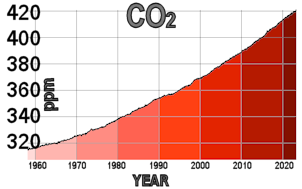
I pulled this data from climate.nasa.gov
Global CH4
Current Trend Data of the global CH4 levels (in ppb) over the last 40 years. A picture is worth 1,000 words.
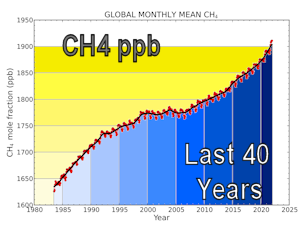
I pulled this data from gml.noaa.gov
/ccgg/trends_ch4
Global N2O
Current Trend Data of the global N2O levels (in ppb) over the last 50 years. A picture is worth 1,000 words.
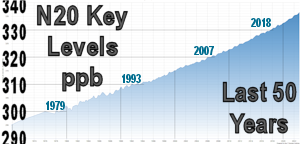
I pulled this data from www.n2olevels.org